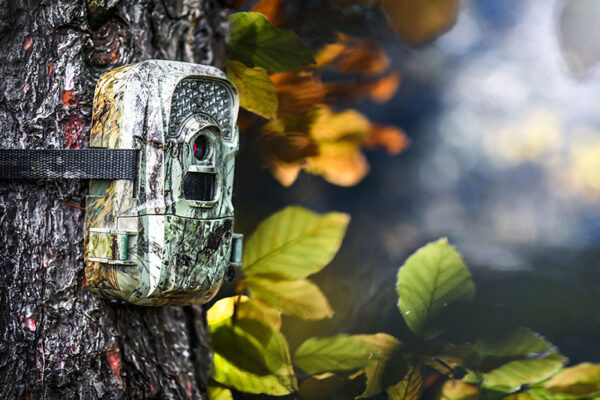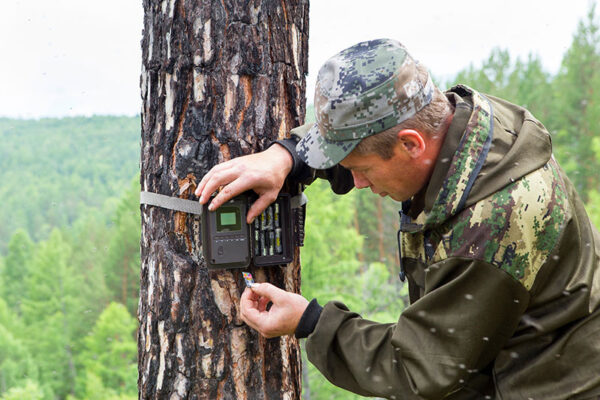Smart Trail Cameras 101: A Guide to Outdoor Surveillance
By Greg Oppenheim
October 14, 2025
By Greg Oppenheim
October 14, 2025
Estimated reading time: 3 minutes

Trail cameras, also known as game cameras, are used across various industries to capture images and videos of animals in their natural habitats. Because they operate without disturbing wildlife, they’re a popular tool for:
People who live or work in remote areas also use trail cameras for security and property surveillance.
Unlike traditional models, smart trail cameras feature Internet of Things (IoT) capabilities. These include wireless connectivity and remote monitoring.
The cameras use motion and heat sensors to detect activity and automatically record images or video. Smart game cameras transmit data in real time, sending alerts and footage directly to users’ smartphones or computers.

Wildlife documentary filmmakers often use trail cameras that store footage on SD cards, which crews retrieve and replace as needed. Physical SD cards eliminate the need for a constant connection. In contrast, real-time monitoring applications, such as livestock tracking or property surveillance, need continuous data transmission.
A smart trail camera’s connectivity requirements depend on its intended use case. Developers must determine whether the deployment environment supports cellular or satellite connectivity. If cellular coverage is available, integrating a cellular module is typically the most efficient solution.
Power availability is another critical factor. In remote locations, trail cameras must operate on battery power for extended periods, making energy efficiency essential. Modules designed for low power consumption help extend battery life and reduce the need for frequent maintenance.

Choosing the right smart trail camera design depends on the intended use case and target subject. Developers must consider several key factors before building their devices.
Physical design:
Trail cameras are typically used in uncontrolled environments and may be exposed to extreme weather conditions or animal interference. These outdoor surveillance applications must be durable and resistant to the elements.
Image quality:
The level of detail required will determine the necessary resolution. Higher megapixel ratings produce more detailed images and video.
Shutter speed:
Fast-moving wildlife requires a smart trail camera with a shutter speed that can capture motion clearly without blur.
Detection range:
A wider detection range allows the camera to monitor a larger area and respond to movement more effectively.
Battery life:
In remote deployments, long battery life is essential. Developers should consider how long the camera will be in the field before maintenance is needed. Environmental factors, such as extreme cold, that might impact battery performance must be taken into account.
Storage:
Data storage capacity must align with the volume and quality of data captured. High-definition footage requires more space. Options include internal memory, SD cards or cloud storage, which requires connectivity. SIM cards, paired with data plans, enable that connectivity and allow the camera to transmit images and video.
False triggers:
Unnecessary activations consume data storage and use power. Integrating artificial intelligence (AI) into the device helps trail cameras reduce false triggers. These AI-powered models can identify objects and people, as well as analyze behaviors, in real time. Some employ machine learning to analyze movement patterns and distinguish between normal and abnormal activity.
Telit Cinterion offers the core connectivity solutions needed to power your next smart trail camera project. Whether you’re building wildlife monitoring systems or developing remote security applications, our NExT™ connected modules enable seamless cellular communication.
Designed for durability and energy efficiency, our cellular modules maintain reliable connectivity, even in remote areas. Upgrade your existing portfolio or build your outdoor surveillance solution with our custom ODM services.